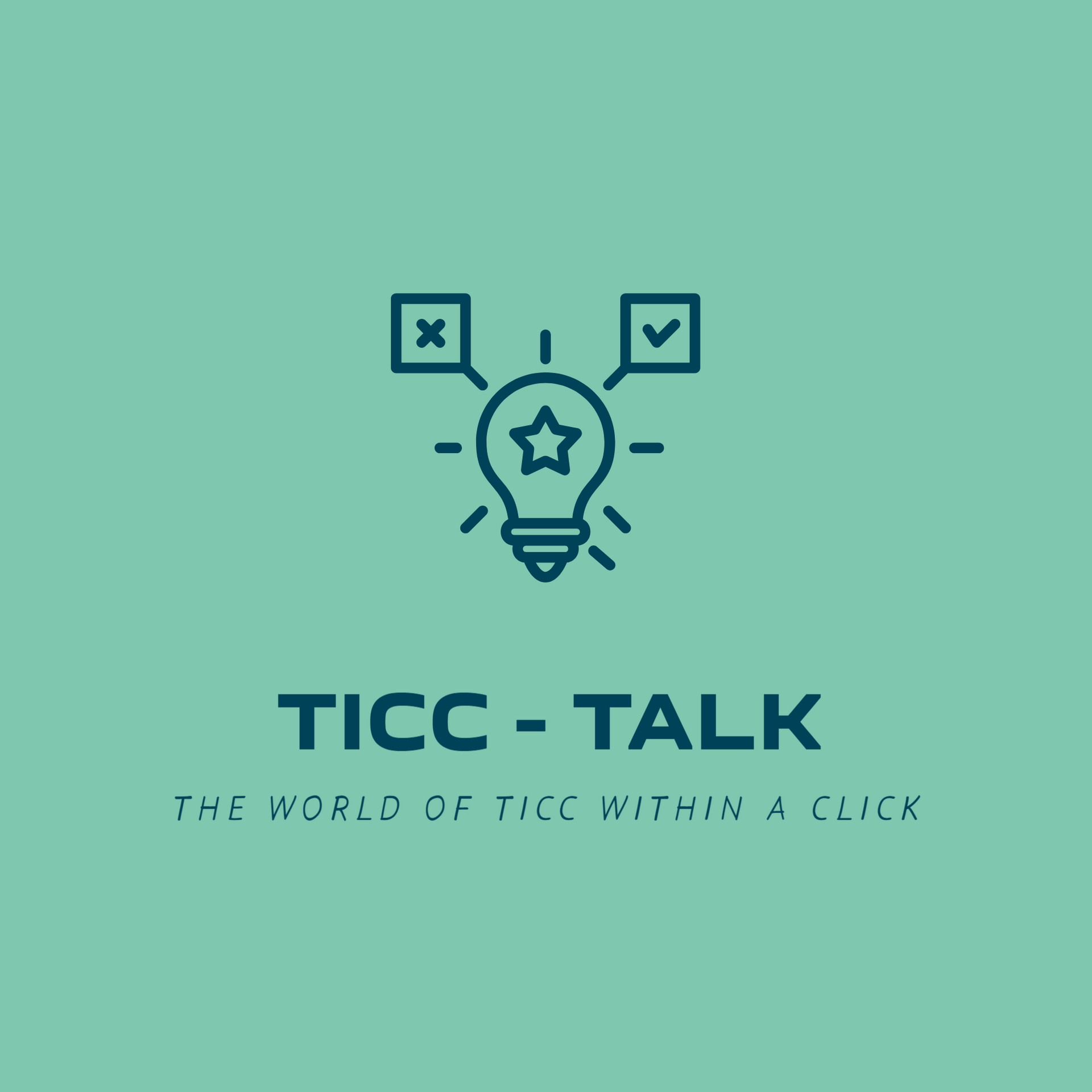New EU Microplastic Regulations: Medical Device Manufacturers Impacts
EU MDR / Medical Devices / Regulatory Change / Microplastics
The European Union has taken a significant step forward in its fight against plastic pollution by imposing strict new measures targeting microplastics. These regulations, implemented as part of the broader EU plastics strategy, are aimed at reducing the environmental impact and potential health risks posed by microplastics. The European Commission’s actions under Regulation (EC) No. 1907/2006, commonly known as “REACH,” affect a wide range of industries, including medical devices.
What Are Microplastics and Why Are They a Concern?
Microplastics, typically defined as synthetic polymer particles less than 5 millimeters in size, have been found to persist in the environment and accumulate in ecosystems, presenting a growing concern for both human health and the environment. Recent studies have detected microplastics in water sources, the food chain, and even in human blood, raising alarms over their long-term impact. With this in mind, the European Commission has moved to regulate and restrict the intentional use of microplastics across various industries, medical devices included.
What Does This Mean for Medical Device Manufacturers?
With the expiry of transition periods, manufacturers can no longer place on the market any medical devices that contain microplastics intentionally added during production and released during usage. Under Annex XVII of REACH, the European Commission adopts a stringent interpretation of "microplastics" that includes all synthetic polymer microparticles with a diameter of less than or equal to 5 millimeters, or a length of up to 15 millimeters (provided they have a length-to-diameter ratio of greater than 3). The restriction applies not only to the particles themselves but also to any mixtures containing synthetic polymer microparticles at a concentration of 0.01% by weight or more.
Key Compliance Deadlines for Medical Device Manufacturers
The microplastic ban includes a six-year transition period for medical devices, effective until October 17, 2029. During this time, manufacturers must ensure their products and processes are fully compliant with the new regulations. However, certain uses of microplastics, such as their application in abrasive substances like microbeads for polishing, peeling, or cleaning, are subject to immediate restrictions. For these applications, the ban is already in effect, leaving no grace period for adjustment.
Medical device manufacturers, especially those whose products incorporate microplastics in ways that will continue to be allowed, must act swiftly to guarantee compliance by the end of the transition period. This includes adjusting production processes, revising product formulations, and exploring alternative materials that meet the new regulatory requirements.
Additional Reporting and Information Obligations
Beginning in 2026 or 2027, manufacturers will also face new reporting obligations. By May 31 of each year, they will need to submit detailed descriptions of the previous year’s use of synthetic polymer microparticles to the European Chemicals Agency (ECHA). This includes general data on the identity of the polymers used and their specific functions within products. Moreover, upon request from authorities, manufacturers must provide further technical information on the composition and role of the synthetic polymers in their products.
Implications for In-Vitro Diagnostic Devices
Though in-vitro diagnostics (IVDs) are exempt from the immediate microplastic restrictions, manufacturers in this sector are not entirely off the hook. To align with the EU’s sustainability goals, strict control measures are in place to ensure environmental protection. Starting from October 17, 2025, manufacturers and suppliers of IVDs must publish comprehensive instructions for the proper use and disposal of their products. These guidelines are designed to prevent any unintended release of microplastics into the environment and must be accessible to both commercial and general consumers.
Furthermore, from 2027, suppliers of in-vitro diagnostics will be required to submit annual reports, detailing the end uses of their products and specifying the identity of any synthetic polymers used. This step adds an extra layer of accountability, reinforcing the EU’s commitment to limiting the environmental impact of medical products.
How Should the Industry Respond?
For medical device and IVD manufacturers, these new regulations signal the need for a proactive approach. Companies will need to re-examine their product portfolios, identify areas of risk related to microplastic use, and make necessary adjustments to ensure full compliance. In some cases, this may require significant R&D investment to find suitable alternatives for microplastics currently used in devices. It also means being prepared for more extensive reporting and documentation obligations to satisfy regulatory bodies.
The overarching goal is to balance product innovation and functionality with environmental responsibility—a challenge, but also an opportunity for companies to lead the way in sustainable manufacturing. For manufacturers who act swiftly and adopt best practices early, there is potential to gain a competitive edge in a market that increasingly values sustainability.
Conclusion: A Critical Moment for Compliance
The EU’s tightening of microplastic regulations marks a pivotal moment for the medical device industry. The transition deadlines are fast approaching, and failure to comply with these regulations could lead to penalties or product bans. With environmental sustainability at the forefront of policy, manufacturers must adapt by embracing innovation and ensuring transparency throughout the production and reporting processes. These actions will not only ensure regulatory compliance but also foster trust with environmentally conscious consumers and stakeholders.



